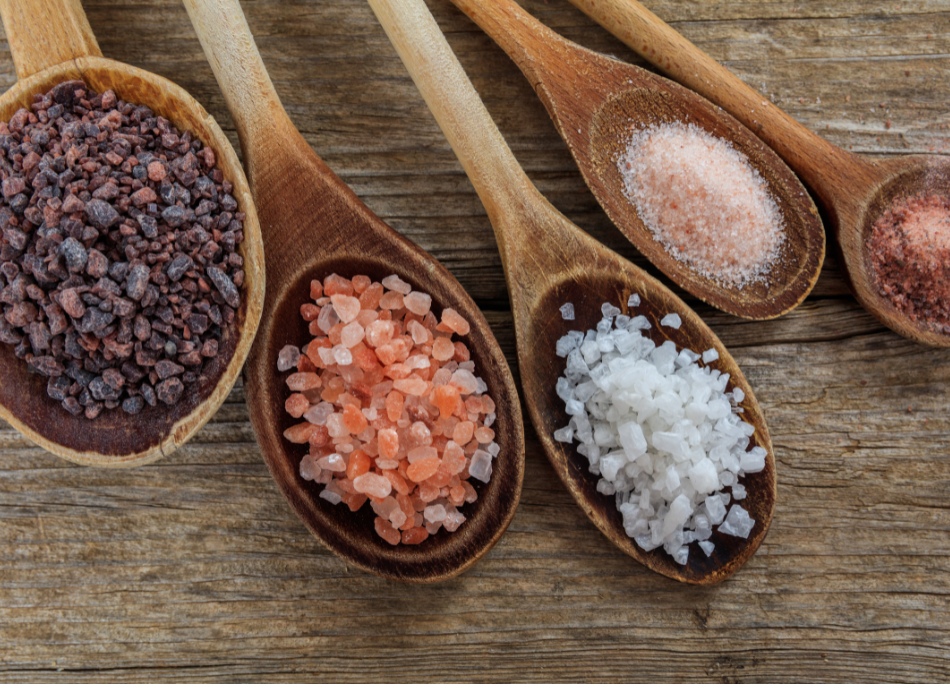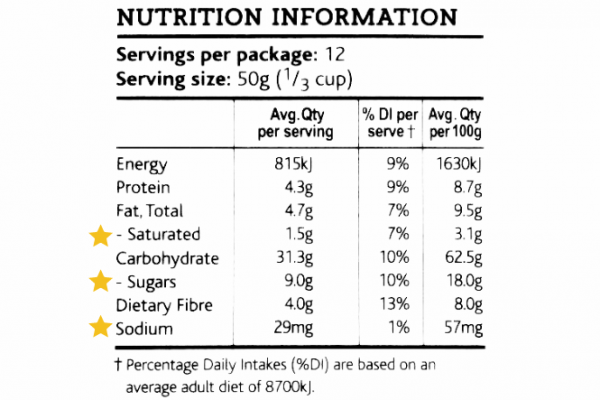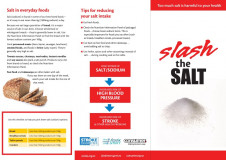There's good evidence to show that a lower salt diet reduces systolic and diastolic blood pressure in people with normal and high blood pressure when compared to a higher sodium diet.
People with high blood pressure, or living with a heart condition, benefit from reducing daily salt intake. There's a greater effect seen in people with high blood pressure. Other lifestyle interventions are also important – these include reducing alcohol intake, managing weight and increasing physical activity.
If you have heart failure you need to avoid excessive amounts of sodium (salt) to reduce congestive symptoms (symptoms suggesting your heart isn't pumping well enough to meet your body's needs, eg, shortness of breath, swelling, heart palpitations). It's recommended that you see a dietitian who can help you with individualised advice.









